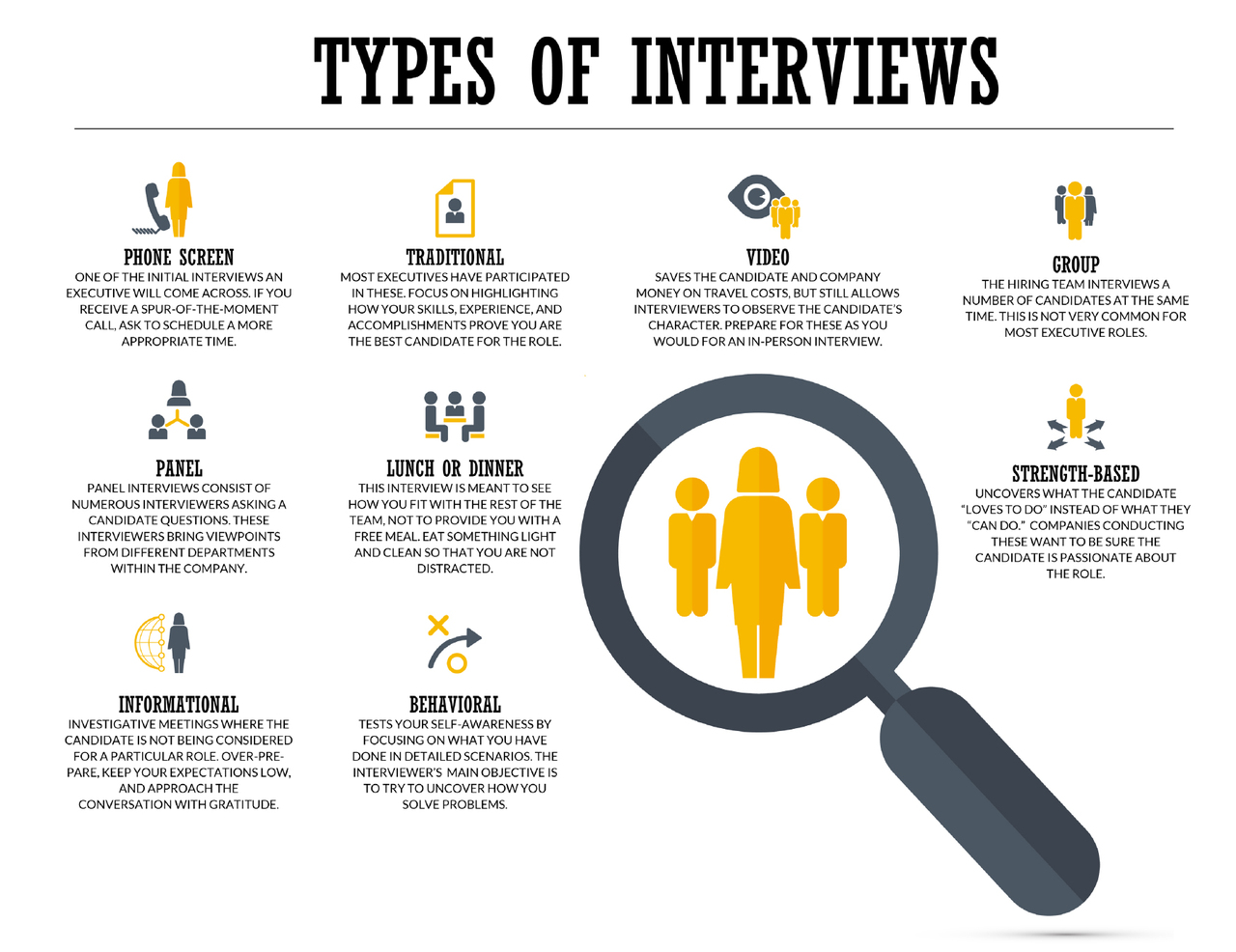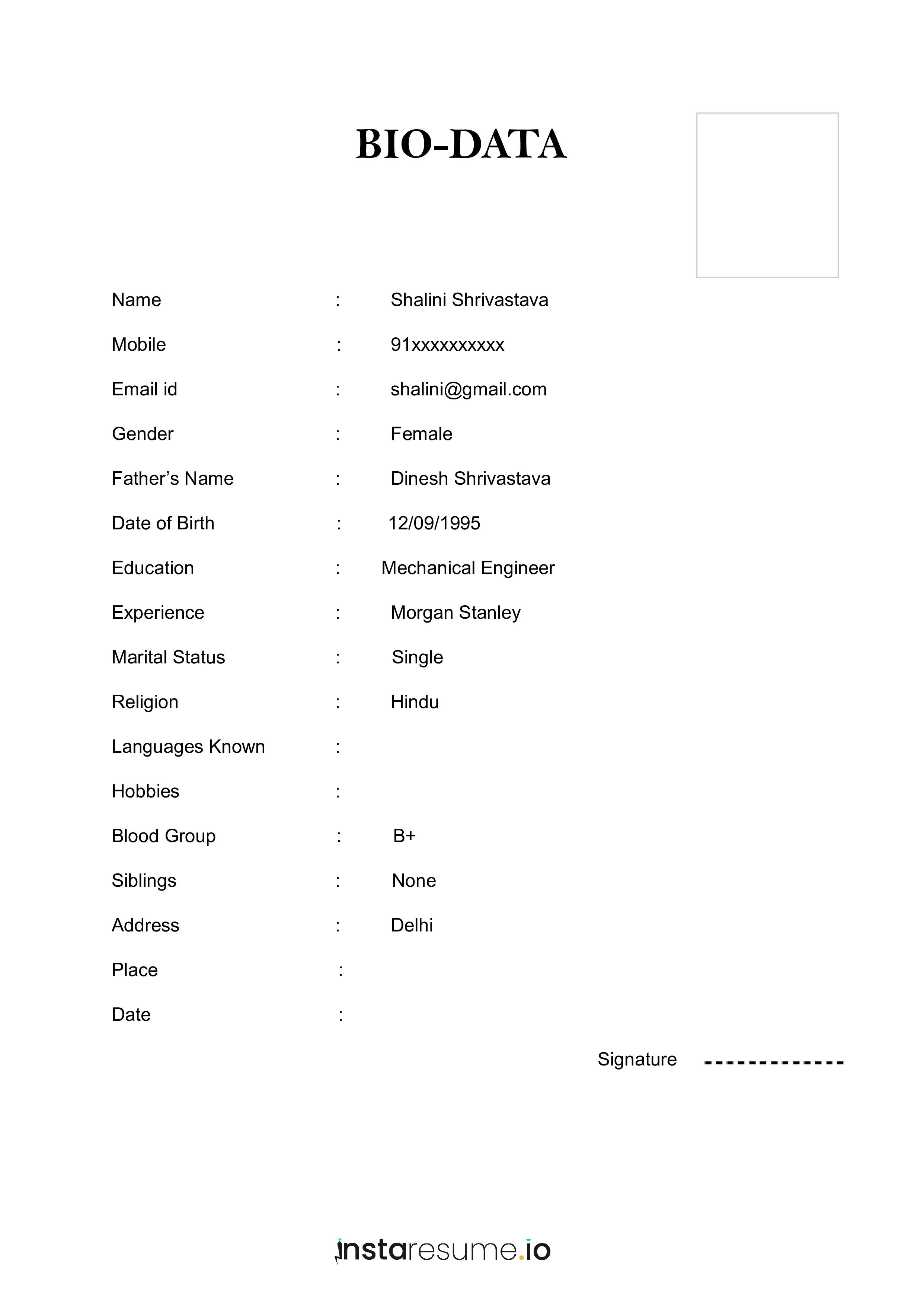Introduction
Selection methods are the tools and techniques organizations use to identify candidates who best fit the job requirements and organizational culture. The aim is to maximize predictive validity—the extent to which a method forecasts job performance—while minimizing biases and errors (Aamodt, 2015). Modern organizations integrate traditional methods, such as interviews and psychological testing, with emerging technologies like Artificial Intelligence (AI) to enhance fairness, efficiency, and decision quality.
Read More: Personnel Psychology
1. Interviews
The employment interview remains one of the most widely used selection tools. Structured interviews—where all candidates are asked the same, job-related questions—tend to have higher validity than unstructured interviews, which allow for more conversational freedom (Cascio & Aguinis, 2018). Structured interviews often include behavioral questions (e.g., “Tell me about a time you resolved a conflict at work”) and situational questions (e.g., “What would you do if…?”), both of which have been shown to predict performance effectively.

Types of Interviews
However, interviews are subject to interviewer biases, such as the halo effect or similarity-attraction bias (Aamodt, 2015). To counteract these issues, training interviewers and using rating scales can significantly improve reliability.
2. Psychological Tests
Psychological assessments in employee selection measure cognitive abilities, personality traits, and other job-relevant characteristics. Cognitive ability tests—such as those measuring reasoning, numerical aptitude, or verbal skills—are strong predictors of job performance across many occupations (Cascio, 2010). Personality tests, often based on the Five-Factor Model, can help predict behaviors such as teamwork, adaptability, or conscientiousness.
Situational judgment tests (SJTs) are another psychological tool, presenting candidates with hypothetical, job-related scenarios and asking them to choose the most effective response. These tests are valuable for roles requiring problem-solving and interpersonal skills (Cascio & Aguinis, 2018). Still, test validity depends on ensuring that the test content matches job requirements and that the assessment is administered under standardized conditions (Aamodt, 2015).
3. References
Reference checks remain a standard selection method, though they often yield overly positive information due to legal concerns and the reluctance of past employers to share negative feedback (Aamodt, 2015). Despite these limitations, references can verify employment history, confirm job duties, and provide insight into work habits.
To improve their utility, organizations should ask specific, job-related questions and obtain candidate consent for more candid feedback (Cascio & Aguinis, 2018). Structured reference forms that request ratings on job-relevant competencies can increase consistency.
4. Bio-data

Biodata Format
Biodata refers to background information collected about an applicant’s education, work history, skills, and life experiences. It can be obtained through application forms or standardized questionnaires. Research shows that biodata can predict job performance when it focuses on verifiable, job-related factors (Cascio, 2010).
Empirical keying—a method where responses are statistically linked to performance outcomes—can improve biodata’s predictive power (Aamodt, 2015). However, organizations must ensure compliance with equal employment laws, avoiding questions that could be discriminatory or irrelevant to job performance.
5. Assessment Centers
Assessment centers are multi-method evaluation processes, often used for managerial or professional roles. They include exercises such as in-basket tasks, leaderless group discussions, role plays, and presentations. These simulations are designed to evaluate competencies like leadership, decision-making, and communication skills (Cascio & Aguinis, 2018).
Trained assessors observe candidate behavior and rate performance based on standardized criteria. Although costly and time-consuming, assessment centers have high face validity and are effective in predicting managerial success (Aamodt, 2015). Their strength lies in the use of multiple evaluators, methods, and job-related simulations.
6. Role of Artificial Intelligence (AI) in Workplace Selection
AI is transforming employee selection by automating resume screening, analyzing interview responses, and predicting candidate fit using algorithms. AI-driven tools can process large applicant pools quickly, reducing human workload and potentially minimizing unconscious bias (Cascio, 2010).
For instance, AI-enabled video interview platforms analyze verbal content, vocal tone, and facial expressions to evaluate competencies. Natural language processing (NLP) can assess written responses, while machine learning models can identify patterns associated with high-performing employees (Cascio & Aguinis, 2018).
However, AI introduces its own challenges, including potential algorithmic bias if training data reflects historical inequalities (Aamodt, 2015). Organizations must ensure transparency, regularly audit AI systems for fairness, and comply with privacy regulations.
Integrating Traditional and AI-Based Methods
Rather than replacing traditional methods, AI often complements them. For example, an AI system might conduct initial resume screening, after which structured interviews and assessment centers provide in-depth evaluation. Such integration can improve selection accuracy while maintaining the human element in final hiring decisions (Cascio & Aguinis, 2018).
The combination of human judgment and AI analytics can also support diversity goals by ensuring consistent evaluation criteria while providing decision-makers with comprehensive candidate data.
Conclusion
Selection methods are evolving from purely human-driven processes to hybrid systems integrating AI and data analytics. Traditional techniques such as interviews, psychological tests, references, biodata, and assessment centers remain valuable when implemented with rigor and fairness. AI offers opportunities for efficiency and bias reduction but requires careful oversight to avoid perpetuating historical disparities. Ultimately, the best selection systems are those that combine validity, reliability, fairness, and adaptability to the changing nature of work (Aamodt, 2015; Cascio, 2010; Cascio & Aguinis, 2018).
References
Aamodt, M. G. (2015). Industrial/organizational psychology: An applied approach. Cengage Learning.
Cascio, W. F. (2010). Managing human resources; Productivity, quality of work life profits. McGraw-Hill Education.
Cascio, W. F., & Aguinis, H. (2018). Applied psychology in human resource management. Pearson.
Niwlikar, B. A. (2025, August 15). 5 Important Selection Methods in Personnel Psychology. Careershodh. https://www.careershodh.com/selection-methods/
